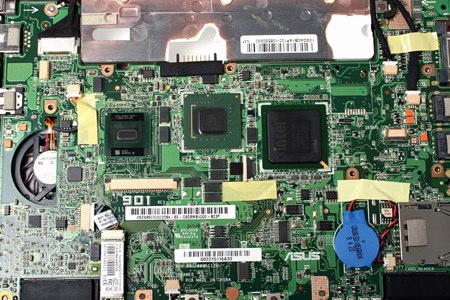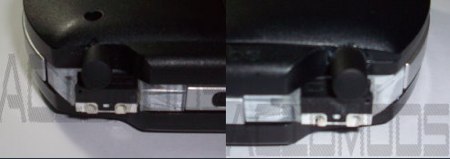
Bug Labs makes hardware modules that can be combined to create your own custom gadgets. They’ve just released what we consider the most useful module: BUGvonHippel. Unlike the previous single purpose modules, the BUGvoHippel is a universal interface. The bus features USB, power/ground, DAC/ADC, I2C, GPIO, SPI, serial, and more. BUG applications are written in Java using a custom IDE.
The $79 module is named after MIT professor Eric von Hippel, who wrote Democratizing Innovation. You can find an interview with him below.
Continue reading “Bug Labs Releases BUGvonHippel Universal Module”

















